Description
The structure and functionality of computer systems will be the main discussion topics in this session. The features and operation of modern computers are analyzed in this section to provide the maximum possible specificity and transparency. Due to the above two issues, this task will be difficult to complete. First, as it should be, the term “computer” refers to an extremely broad category of electronic devices whose price ranges from a few dollars for a single-chip microcomputer to tens of millions of dollars for a supercomputer. Microcomputer is a miniature version of personal computer while supercomputer is the most powerful type of computer. There is an important difference between all these things. There are many options available, not only in terms of price, but also in terms of size, equipment and application. Second, there is no indication that the dizzying pace of historical computer technology invention will slow down in any way. This is a major cause for concern. These changes affect all aspects of computer technology, from the basic integrated circuit technology used to manufacture computer components to the increased use of parallel organization ideas in the process of assembling these components. These two technologies are examples of how information technology has been affected by these changes. Despite the great diversity and high growth rate in computer science, there are still fundamental ideas that are universally applicable. It is true that the use of these principles depends on the state of the available technology as well as on the goals the designer has set for the price and effectiveness of the solution. The purpose of this book is to provide a comprehensive discussion of the fundamental principles of computer architecture and construction and to apply these fundamental principles to current challenges in computer design. The content is structured as follows: In addition, the following questions are addressed in this book to find answers: This section provides a general introduction to the descriptive approach used below.
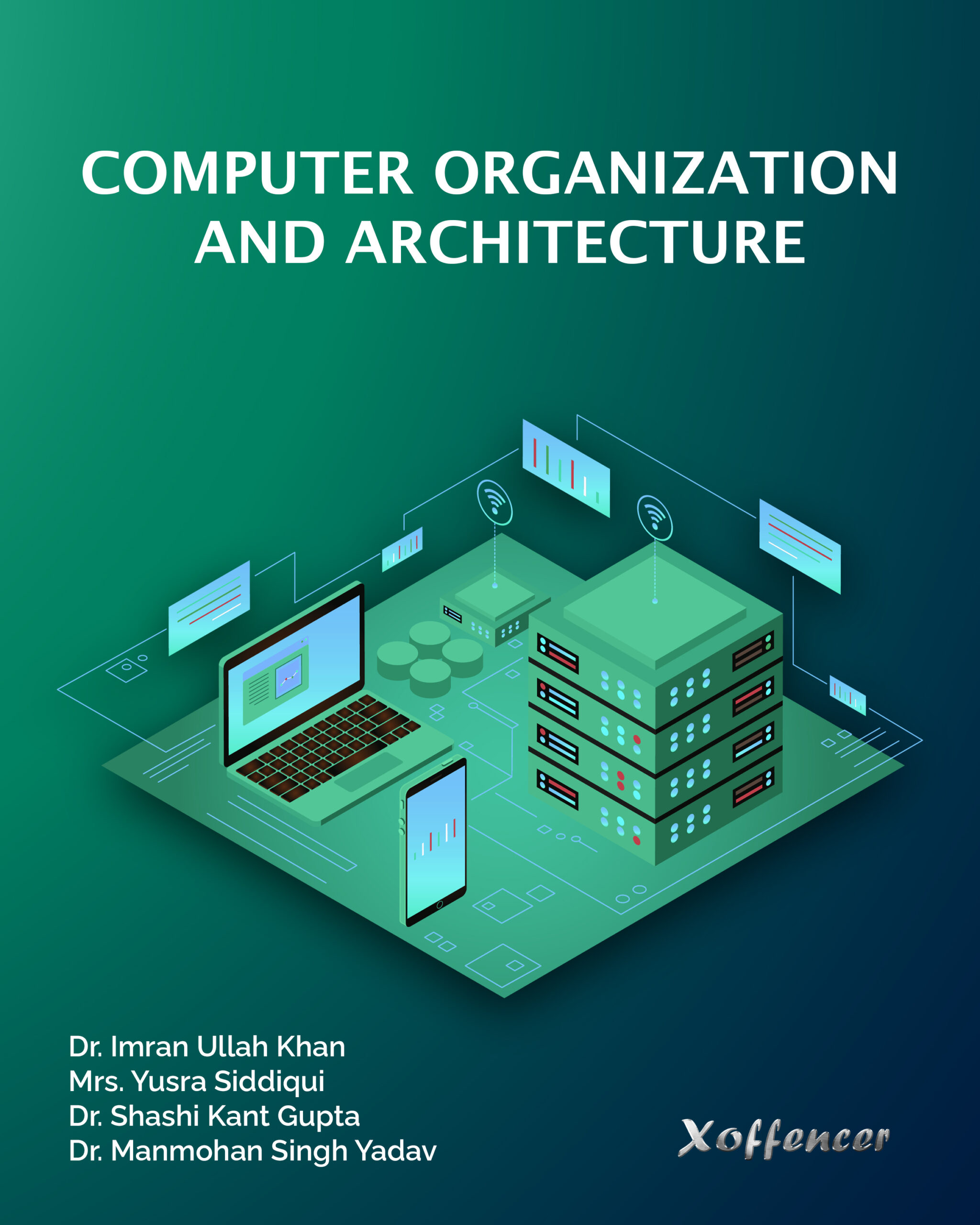

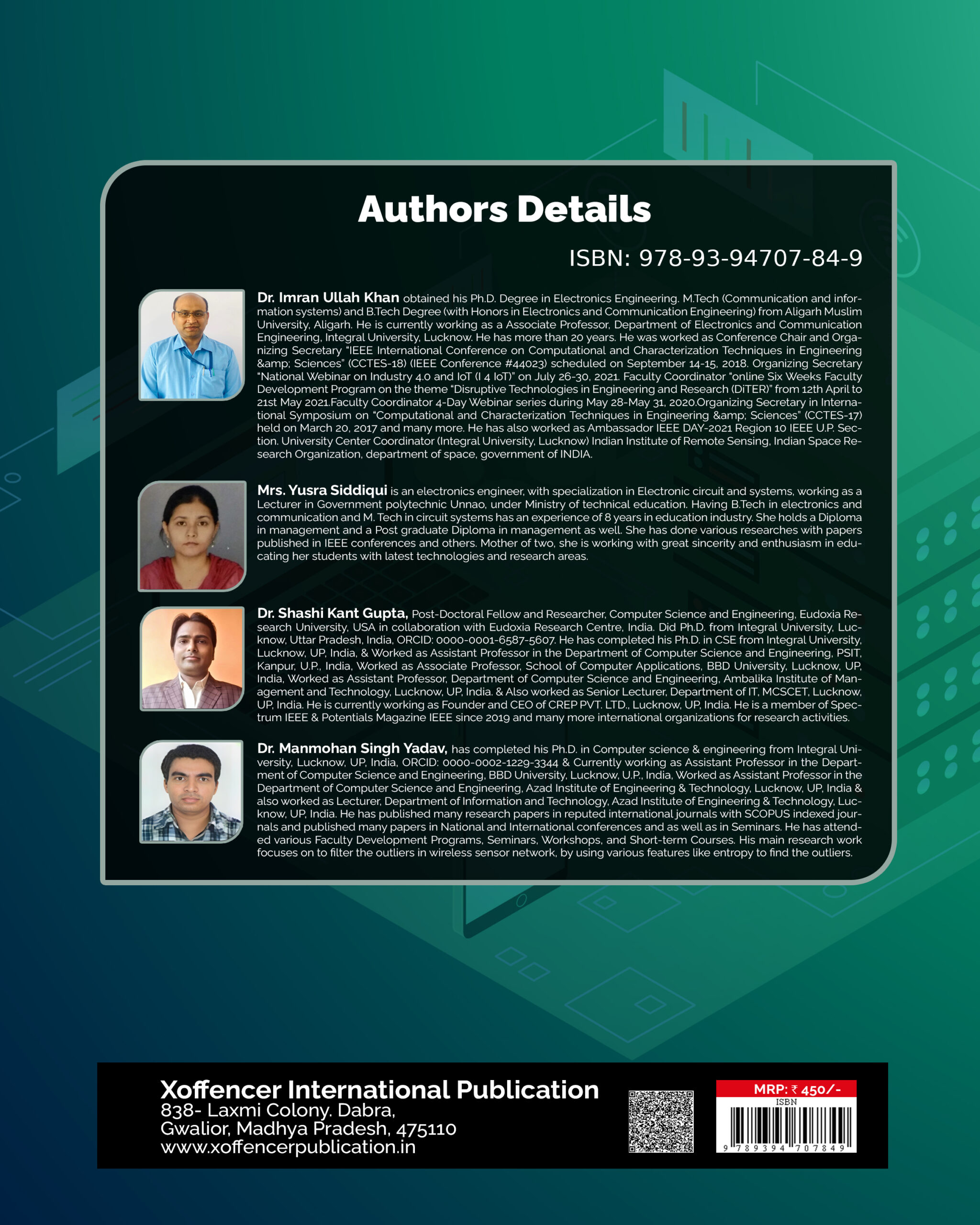
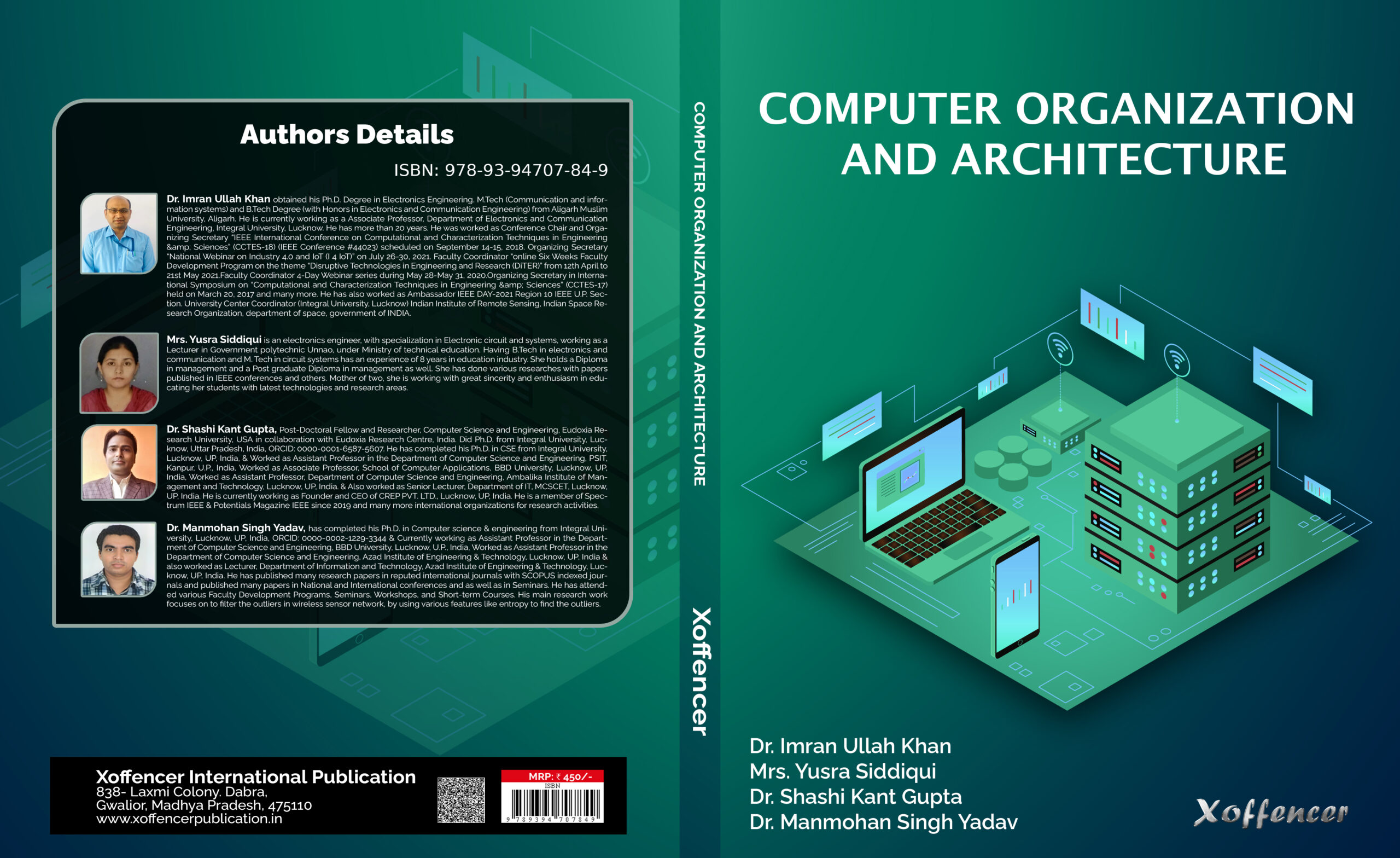


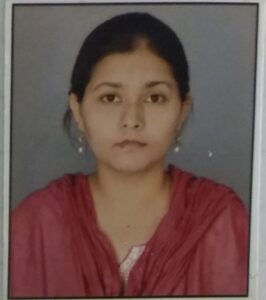


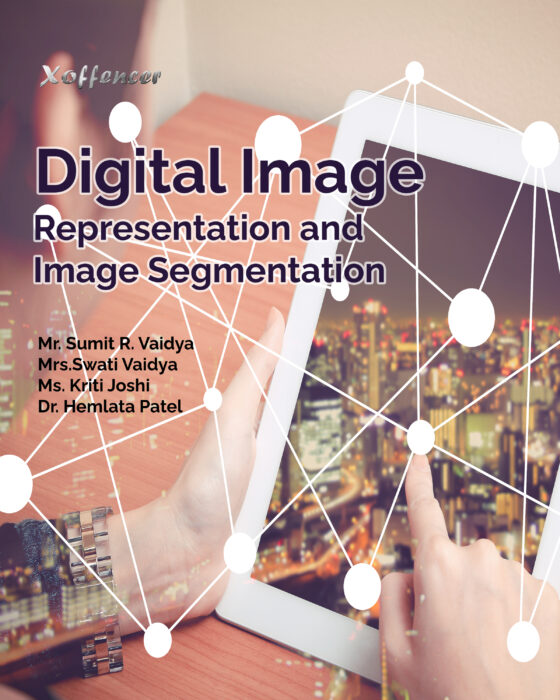


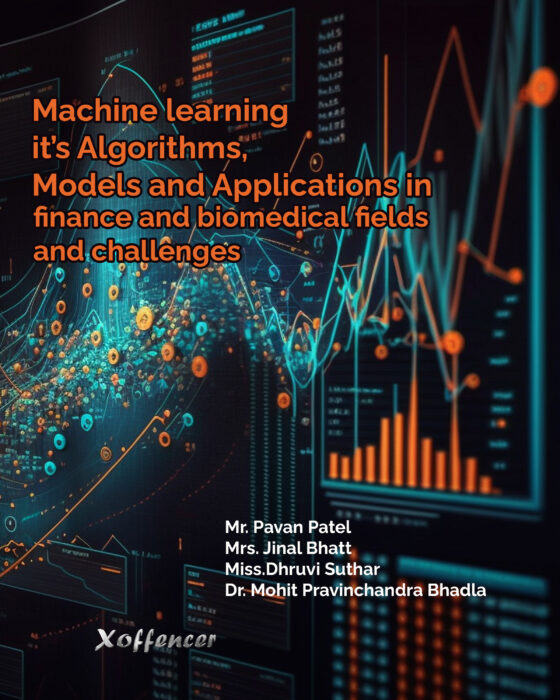
Reviews
There are no reviews yet.